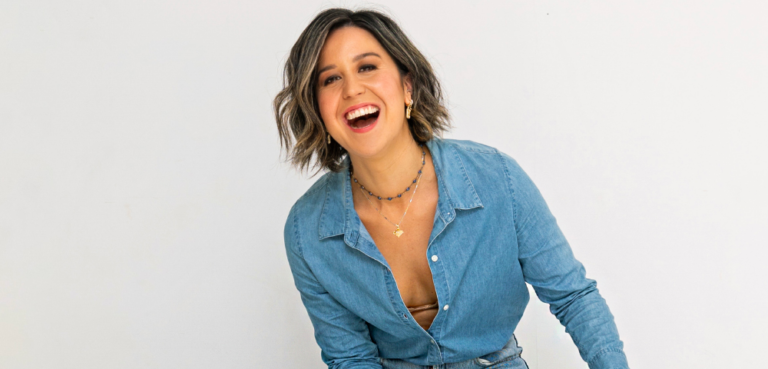
The sense of community and inclusion at Mardi Gras shouldn’t last for one night only
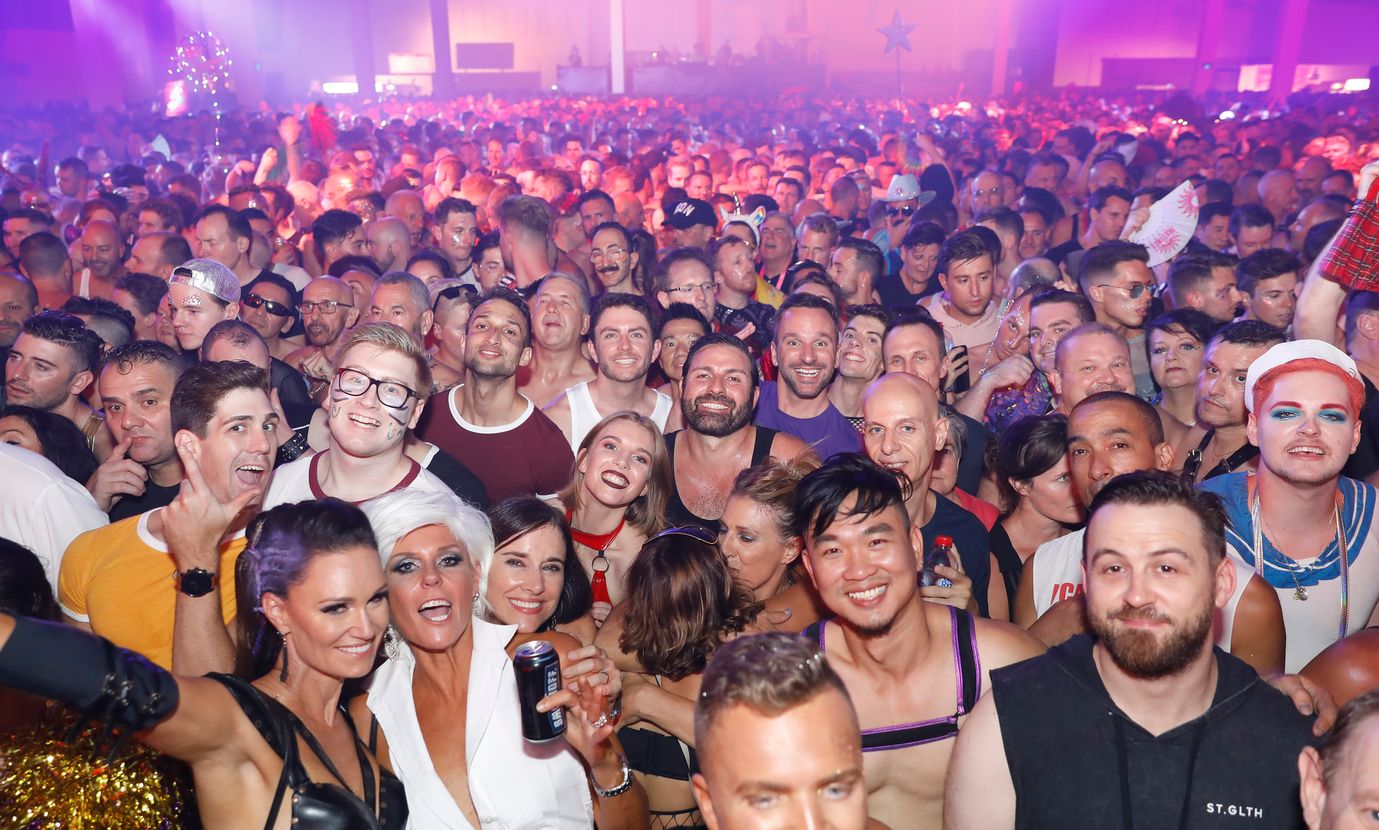
Mardi Gras provides a sense of joy, community, and love, but why can’t LGBTI communities experience that unity year round? Laurence Barber pens his thoughts.
***
I’m a bit of a digital hoarder, and recently I was looking back through some old folders on my computer when I found some artefacts from nearly a decade ago.
I’d forgotten how, in coming out, I’d used Mardi Gras as a misdirect to reassure friends and family of my supposed normalcy.
In one instance, I wrote something along the lines of, “Don’t worry, I’m not going to be someone who dances on a Mardi Gras float in leather and heels.” And that wasn’t the worst of it.
It didn’t surprise me that I’d done this, nor that I had displayed so much internalised homophobia and shame.
The way teenagers are socialised is so thorough and oppressive that I thought the only way to justify my sexuality would be to insist that I’d never want to celebrate it (I also didn’t know, at the time, what a natural I am in heels).
Leading up to this year’s Mardi Gras, I was feeling disconnected and depressed. My brain went into horrible, anxious overdrive.
The previous year’s event was my first, and because I had no expectations of what it would be like, it was easy to have an amazing time.
This year, I went into the festival feeling drained in a frustrating, intangible sense, as though in the intervening year all my gay energies had been depleted.
The postal survey, among other things, wrung them out of me, and I was left running on fumes. Perhaps many of us have been.
But with Mardi Gras in the rearview mirror of 2018, I feel revitalised. Cher replenished all of my queer powers.
The sense of joy, community, and love present in the atmosphere throughout the parade and the party felt like a revitalisation. Like we were finally able to close the book on the marriage equality years, and start afresh.
But I hate the idea of running out of steam again. And this is the thing: the vitality on display at Mardi Gras isn’t unique, it’s just concentrated and cultivated.
The same explosion happened on the day the Yes result was announced. That kind of infectious enthusiasm always feels, in the moment, like it will last. But it kind of doesn’t.
A couple of very silly, very minor examples: a cute guy briefly flirted with me while we waited to get drinks at a pub near the parade route, and later at the party, a guy walking past randomly complimented me on my glasses. I could very easily go six months or a year without either of those things happening at a venue on any standard Friday or Saturday night.
I want to find that friendliness out and about all the time, and I want to be that friendly person to others.
And maybe it’s the influx of new people that makes the difference. It could be that the way Mardi Gras – and depending on where you are, Midsumma and Big Gay Day – is marketed as the be all and end all prevents us from looking beyond it.
I know, personally, I’m very guilty of this kind of complacency. Mardi Gras is so all-encompassing that it comes to you, but it’s one of the few events that’s able to.
But from people I’ve spoken to in recent days, it’s not an uncommon sentiment that it’s hard to find this kind of spirit elsewhere, though there are cited exceptions – Tropical Fruits, ChillOut Festival, Gaytimes, Heaps Gay, Honcho Disko, and any number of other queer festivals and parties.
The challenge, then, is how do we empty these pockets of joy out so we can all rifle around the fabulous, grand mess of it all, playing dress-up like giddy kids and dancing the night away?
The reality is, Mardi Gras is only growing bigger every year, for better or worse. The other reality is that LGBTI venues are slowly disappearing. If we don’t go, they will too. Supporting the framework that allows the community to thrive is part of the battle.
Fostering a sense of positivity, inclusivity, and unity within that – so that it can feel like Mardi Gras all year round – is the other.




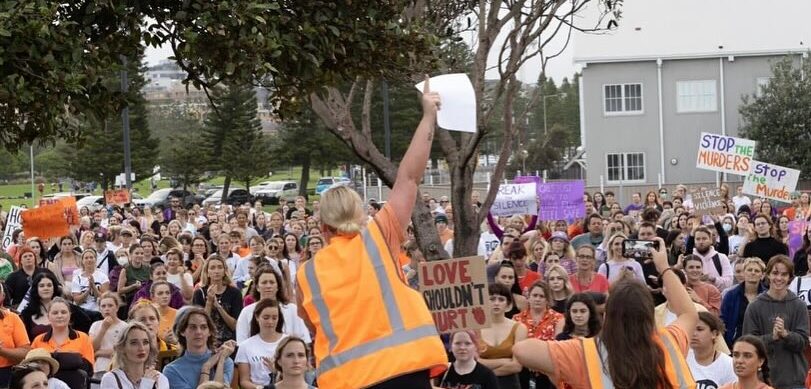
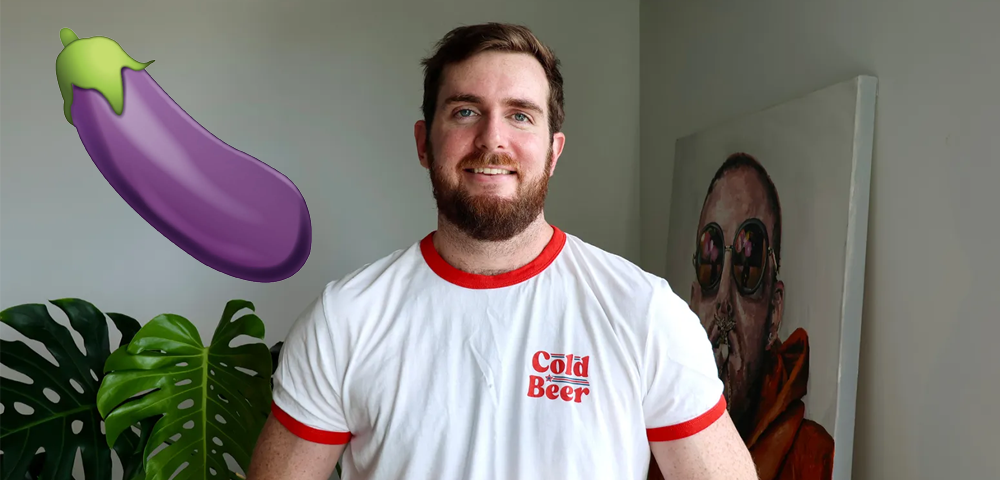

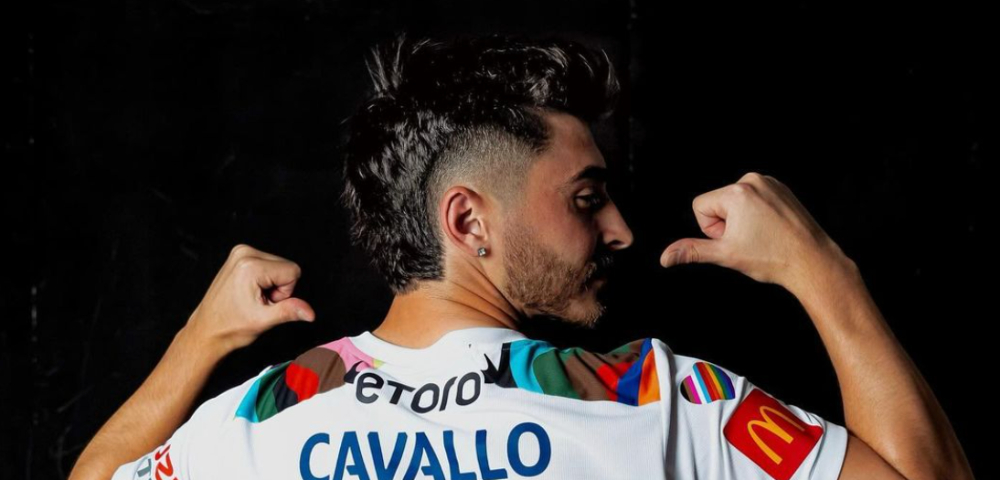


A sense of community relies of same like people gathering, mixing, enjoying and celebrating together. This occurred in the 1980s, 1990s and into the 2000s. However the focus of the Gen Ys & the Millenniums has been to mix into the straight scene and to meet via the web. So the gathering of”same like’s” only now occurs at MG for one night as “Same Like”venues have been abandoned. From a baby boomer’s view point I am very worried that this process will ultimately lead to many isolated people as they get older and their so called friends drift.
Hi,
Totally agree with you. To me your article points out how important it is for our community to continue to have our safe spaces, including our safe social spaces. The closing of LGBTI venues is a real concern.
Regards Arthur